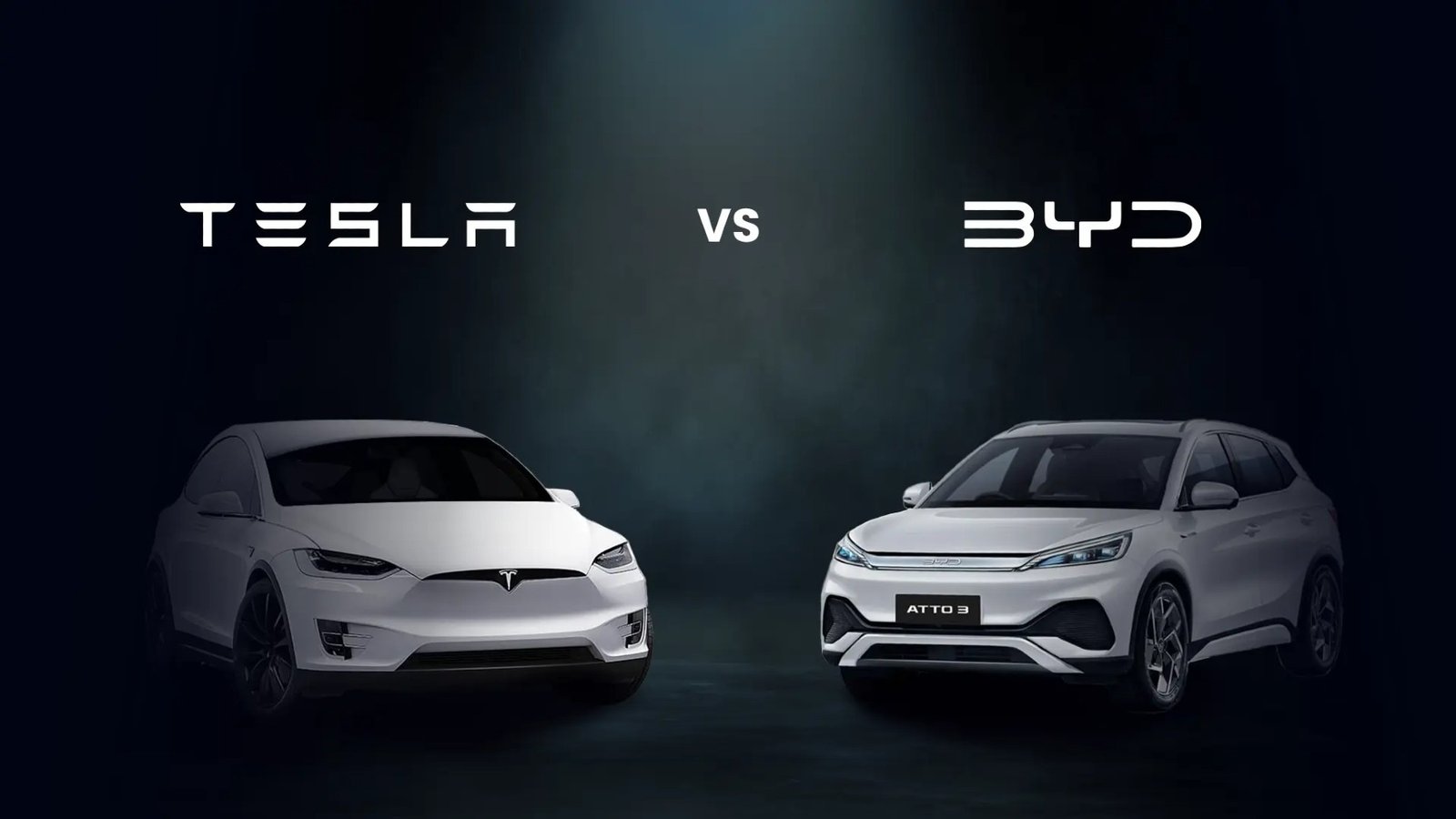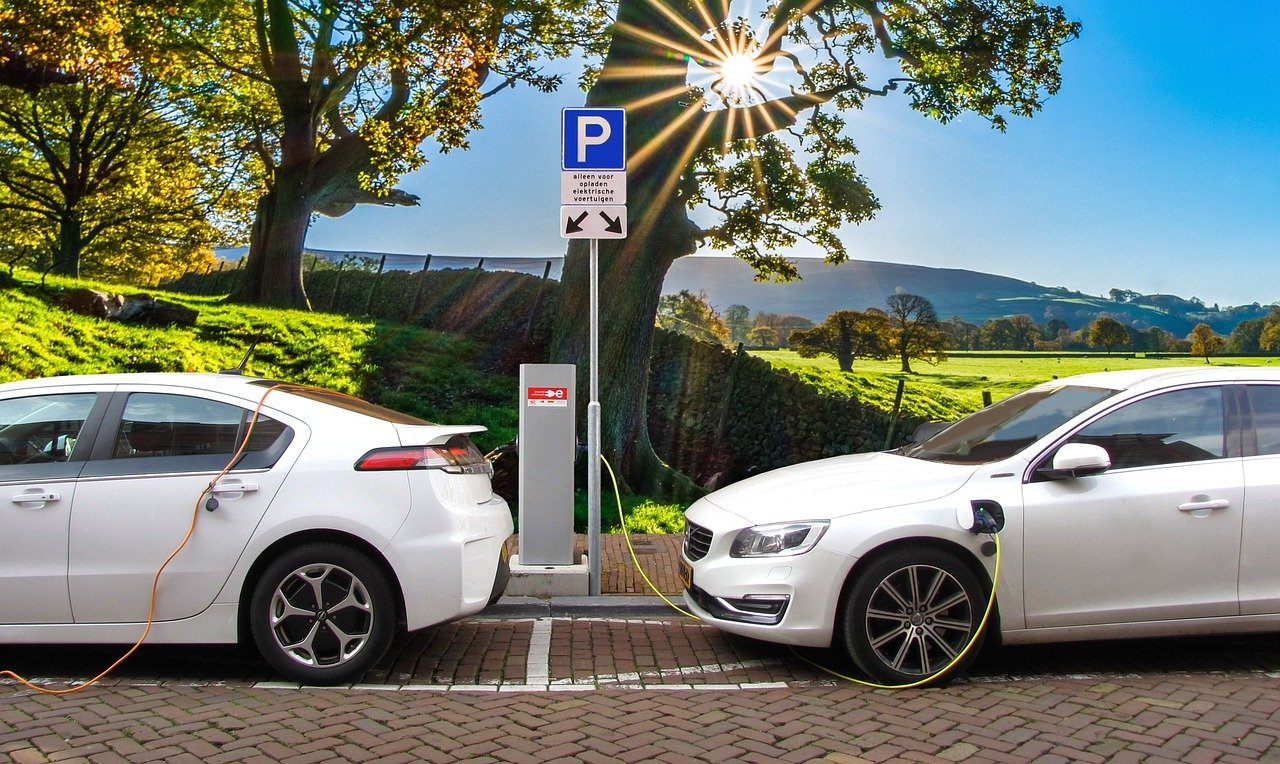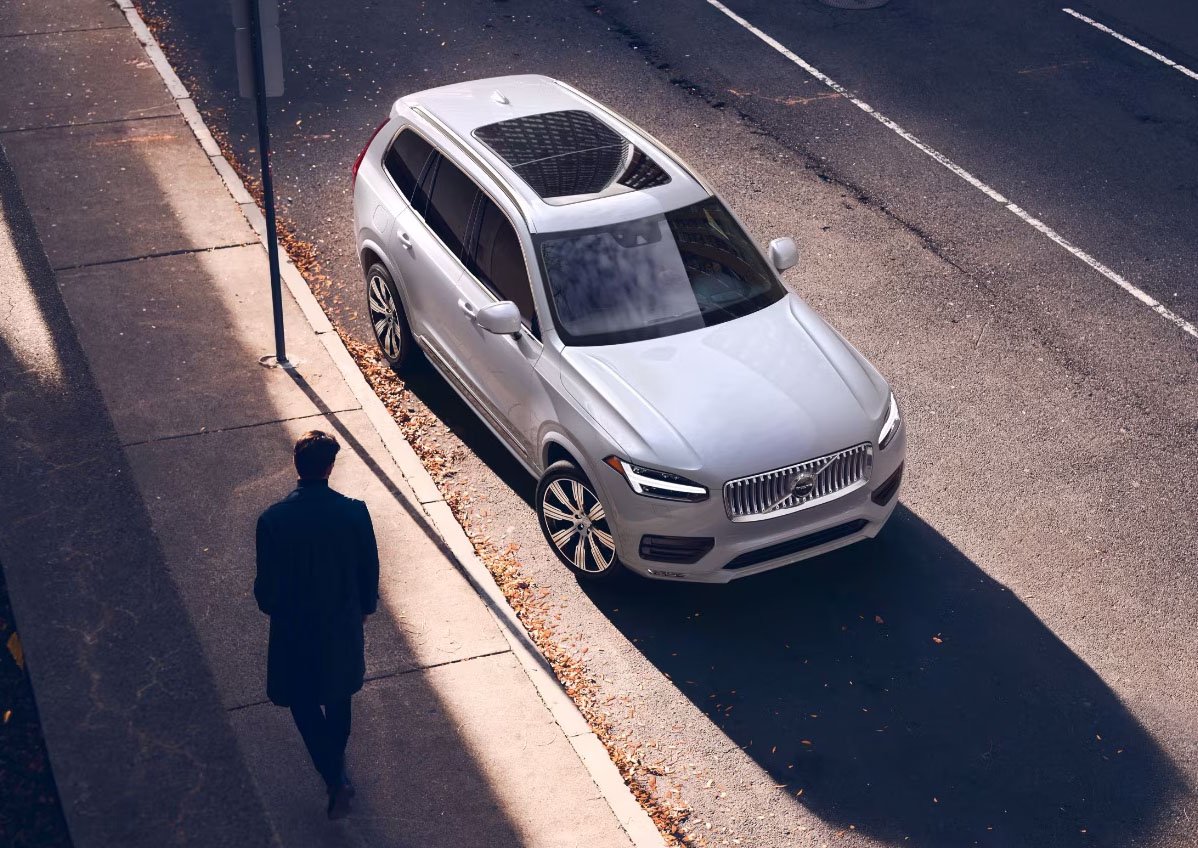The electric vehicle (EV) industry is at the forefront of transforming global transportation. With growing environmental concerns and advancements in technology, EVs are becoming the preferred choice for consumers worldwide. Tesla and BYD are key competitors in the EV industry. Tesla, known for innovation and premium technology, faces strong competition from BYD, a rising Chinese automaker. This blog delves into the strategies, achievements, and implications of this rivalry for the U.S. market and beyond.
Tesla and BYD: A Snapshot
Tesla, established by Elon Musk in 2003, transformed the EV industry with its cutting-edge technologies and stylish models such as the Model S, 3, X, and Y. Its goal to speed up the shift to sustainable energy has made Tesla a renowned name in the U.S. BYD, starting as a battery maker in 1995, ventured into the automotive field in 2003. Utilizing its battery technology expertise, BYD developed a wide range of vehicles, including passenger cars, buses, and trucks, enabling it to grow quickly and contest Tesla’s leadership.
Sales Showdown: BYD vs. Tesla
In 2023, BYD surpassed Tesla in total global EV sales, delivering 1.86 million vehicles compared to Tesla’s 1.31 million. However, it’s essential to distinguish that BYD’s figures include both BEVs (battery electric vehicles) and PHEVs (plug-in hybrid electric vehicles), while Tesla’s lineup consists solely of BEVs.
When focusing exclusively on BEV sales, Tesla still leads, with its 2023 numbers reflecting pure EV production. BYD, however, is closing the gap rapidly, with over 900,000 BEVs sold in the same year. In the U.S. market, Tesla remains dominant, capturing 65% of EV market share as of Q3 2023, whereas BYD has yet to establish a notable presence.
Key Factors in the Rivalry
- Technological Leadership Tesla is renowned for its cutting-edge innovations, including Autopilot, Full Self-Driving (FSD), and an industry-leading battery range. Its robust Supercharger network and the efficiency of its Model 3 and Model Y set benchmarks for the EV sector. BYD’s strength lies in its Blade Battery, a lithium iron phosphate (LFP) innovation praised for safety, durability, and cost efficiency. BYD’s vertically integrated production model mirrors Tesla’s, enabling cost control and scalability.
- Pricing Strategies Tesla’s vehicles, while premium, have become increasingly accessible, with the Model 3 starting at $40,240 before incentives. However, BYD’s competitive pricing—with models like the Dolphin and Seal (available internationally)—positions it as a strong contender for budget-conscious consumers.
- Global Expansion Tesla has established a stronghold in North America, Europe, and China, with Gigafactories in the U.S., Germany, and Shanghai. BYD, while dominant in China, is aggressively expanding into Europe, Latin America, and Southeast Asia. Its planned entry into the U.S. passenger car market could significantly disrupt Tesla’s dominance.
BYD’s U.S. Market Ambitions
BYD’s approach to the U.S. market has been cautious but strategic. It has focused on commercial vehicles, such as electric buses and trucks, which are already in operation across several U.S. cities. If BYD introduces its affordable, high-quality passenger EVs to American consumers, it could present a significant challenge to Tesla.
Tesla’s Countermoves
Tesla has actively defended its market position by cutting prices, launching new models like the Cybertruck, and expanding its Supercharger network. Its leadership in charging infrastructure has been further bolstered by the adoption of its North American Charging Standard (NACS) by other automakers.
Government Policies and Incentives
The U.S. government’s push for EV adoption through incentives, such as the Clean Vehicle Credit under the Inflation Reduction Act, benefits Tesla and prospective entrants like BYD. However, BYD may face challenges meeting domestic manufacturing requirements to qualify for full credit eligibility, giving Tesla a competitive edge.
Challenges and Opportunities Ahead
- Supply Chain Management Both companies face challenges in securing essential raw materials like lithium and cobalt. Tesla’s investments in mining and BYD’s battery production expertise will play crucial roles in mitigating supply chain risks.
- Brand Perception Tesla’s brand recognition in the U.S. is unparalleled, but BYD’s reputation for affordability and reliability could help it attract a new demographic of buyers.
- Global Market Dynamics the Tesla-BYD rivalry is part of a broader global competition, with players like Volkswagen, Hyundai, and General Motors also vying for market share.
The Road Ahead
The competition between Tesla and BYD is reshaping the EV industry. Tesla’s dominance in the U.S. remains unchallenged for now, but BYD’s rapid growth and potential entry into the American passenger vehicle market could redefine the landscape. For U.S. consumers, this rivalry promises more choices, better technology, and potentially lower prices.
Conclusion
The battle between Tesla and BYD is not just a competition between two companies: it’s a testament to the rapid evolution of the EV industry. Tesla’s innovation and dominance have set high standards, while BYD’s affordability and scalability are challenging the status quo. For American consumers, this rivalry heralds an exciting future filled with diverse options and groundbreaking advancements. Ultimately, this competition accelerates the world’s transition to electric mobility, benefiting both people and the planet as we move toward a cleaner, greener future.




